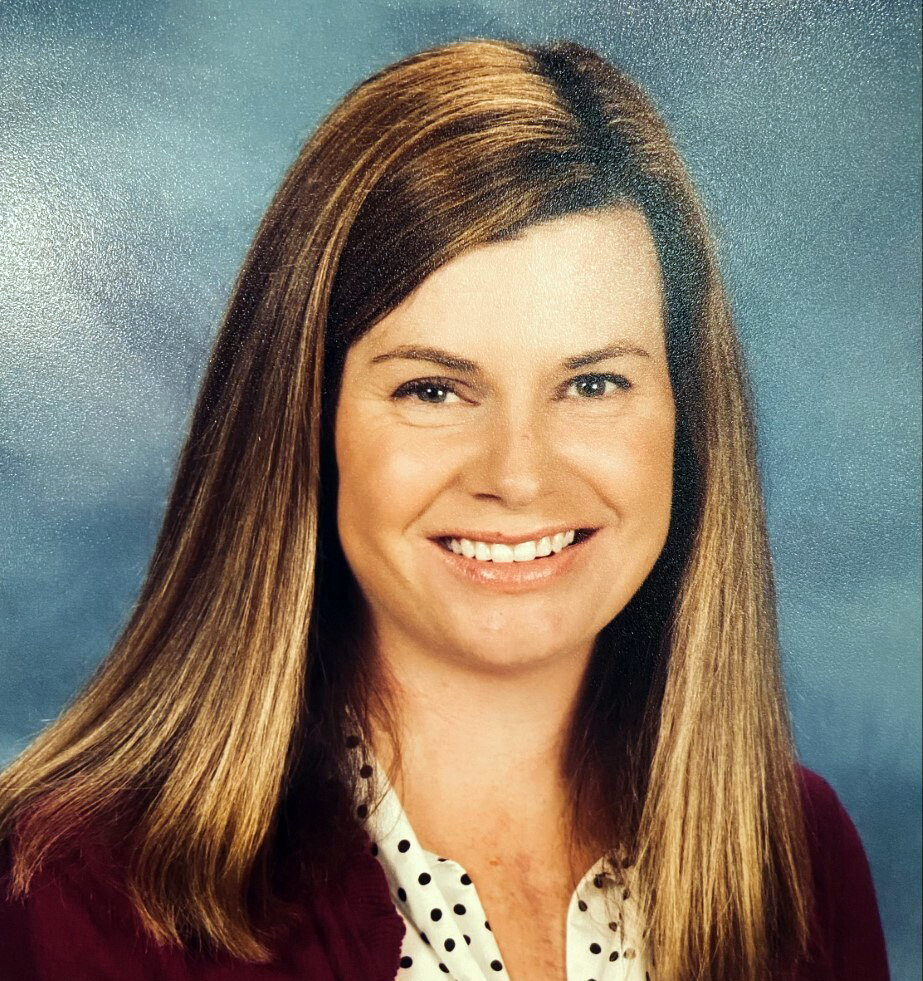
Many educators are turning to project-based learning (PBL) to facilitate engaging lessons remotely. And, with four new studies conducted by Lucas Educational Research backing the efficacy of PBL, it’s my hope that more teachers adopt this powerful instructional technique.
Summarized by Hechinger Report, each study concluded that students who learned science and social studies through a detailed project-based curriculum over the course of a year posted improved achievement scores. Improved results for project-based learning were documented on a variety of tests, from Advanced Placement exams in high school to annual state assessments in math and reading in sixth grade.
“The evidence is clear, rigorous PBL results in a significant boost in academic achievement for students from many different backgrounds,” explained Kristin De Vivo, executive director of Lucas Education Research.
This is heartening news. I’ve experienced the positives of PBL first-hand while using it during remote instruction. Here’s what I’ve learned:
PBL is engaging
PBL requires students to take an active role in their learning, including asking questions, conducting experiments, reflecting on results, and finding opportunities to collaborate with their peers to find solutions. Educators begin by asking a driving question, and then encouraging students to use critical thinking, creativity, collaboration, and communication to find an answer.
RELATED: 4 ways to use project-based learning to engage students this fall
I can confirm that PBL is an effective way to engage students remotely. I had the opportunity to experience firsthand the power of PBL during the 2020 3M Young Scientist Challenge judging. During that event, the kids’ passion for STEM was nothing short of inspiring. The 3M Young Scientist Challenge – and associated resources from the Young Scientist Lab – is one of the first resources I recommend to fellow educators. The Challenge is a unique PBL opportunity from 3M and Discovery Education that prompts students to solve a real-world problem. Plus, the Challenge gives students a chance to work one-on-one with a 3M Scientist during a summer mentorship, where they develop new skills and transform their idea into a working prototype.
Challenges like this are a fantastic way to get students to flex their creative muscles and think about science, engineering, technology, and math (STEM) in a broader sense.
In addition to the challenge, the Young Scientist Lab provides free, interactive PBL activities that can be used remotely. These are great for getting students excited about science and helping them stay focused during class.
Here are some additional ideas for remote PBL activities from Edutopia:
- Invite guest speakers whom they can interview during synchronous class time.
- Share guiding questions through your learning management system (e.g., Google Classroom) to help focus their thinking and websites that they can use to help find the answer.
- Create a virtual “escape room” where teams of students complete puzzles and solve riddles to help guide their research and increase focus.
PBL is easy to differentiate
PBL allows for more flexibility than traditional classroom activities. Teachers can adjust the depth and rigor of assignments according to students’ unique learning styles and skill levels.
And, with concerns rising over potential learning loss as a result of the pandemic, educators would be well-advised to incorporate differentiated activities into instruction.
Teachers can begin by differentiating the way PBL lessons are delivered, which could include pre-recorded videos, reading a selection of text and class wide discussion. Providing instructions in a variety of ways helps ensure every student understands the lesson before moving forward. I recommend checking out ready-to-use materials, like these from Science at Home, that bring science learning anywhere and help build equity of access in education.
Next, teachers can give students ownership over their work by providing different options for completing an activity – often referred to as “voice and choice”. When students have the power to choose how they complete a lesson, they are more prone to feel connected during the process and passionate about the results.
PBL is relevant
Students are tasked with solving real-world, relevant problems during PBL activities. While working through a lesson, they’ll be making important connections and taking their learning beyond the virtual classroom.
As a very relevant example, last year’s 3M Young Scientist Challenge winner, Anika Chebrolu, used in-silico methodology for drug discovery to find a molecule that can selectively bind to the Spike protein of the SARS-CoV-2 virus in an attempt to find a cure for COVID-19.
Today’s students – like Anika – are already trying to solve the problems of tomorrow. As educators, we can do our learners a huge service by providing constant opportunities to dream up new ideas and identify potential solutions.
Ready to use materials for classrooms, especially Title 1 and underserved communities, in service of 3M’s new STEM goal. We’ll add three newly created videos for back to school.
Engage students wherever they are with PBL
While many teachers already understood the value of PBL, the latest research from the Lucas Educational Foundation provides salient proof of its benefits. I encourage any educator reading this to advocate for PBL in their district, and use it to engage students during remote, hybrid and in-person instruction.
I’ll leave you with the following from George Lucas, chairman of GLEF: “Education is the foundation of our democracy. Project-based learning offers students rigorous academic experiences that take them beyond the boundaries of textbooks and lectures. In the process, they learn critical thinking skills and the competence to solve problems in the world around them.”
More from DA









